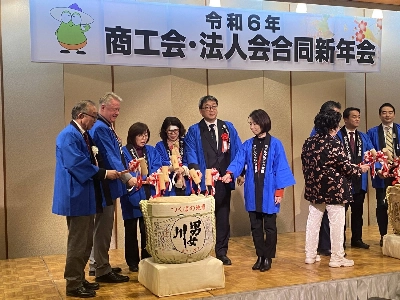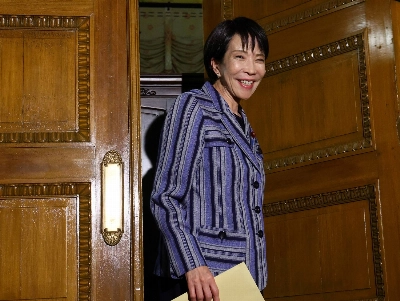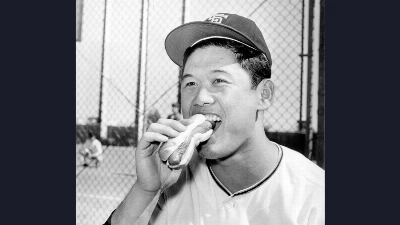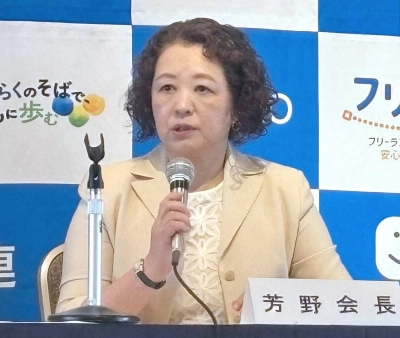Japan's unemployment rate hit 5 percent in July, the highest level since 1953, when the government started taking regular jobless surveys. Official data announced Tuesday show the jobless figure for men climbed to 5.2 percent and that for women to 4.7 percent. The number of people out of work has followed an upward trend since August 1998, when it reached 4 percent of the labor force for the first time.
Figures from public employment centers also give a disturbing picture, with applications far exceeding offers at the ratio of 1 to 0.6 (60 jobs available for every 100 applications). The job availability ratio, which dropped to a record 0.46 in May and June 1999, improved through the rest of the year. Since January, however, it has continued to decline.
Unemployment is ascribed to two major factors. One is cyclical, or the shortage of demand in a period of economic contraction. The other is structural: the "mismatch" between job applications and offers, a problem seen more widely in a period of industrial reorganization. The Health, Labor and Welfare Ministry says the weight of the second factor has increased in recent years, indicating that the supply-demand gap in the job market has widened in qualitative terms as well.


















With your current subscription plan you can comment on stories. However, before writing your first comment, please create a display name in the Profile section of your subscriber account page.